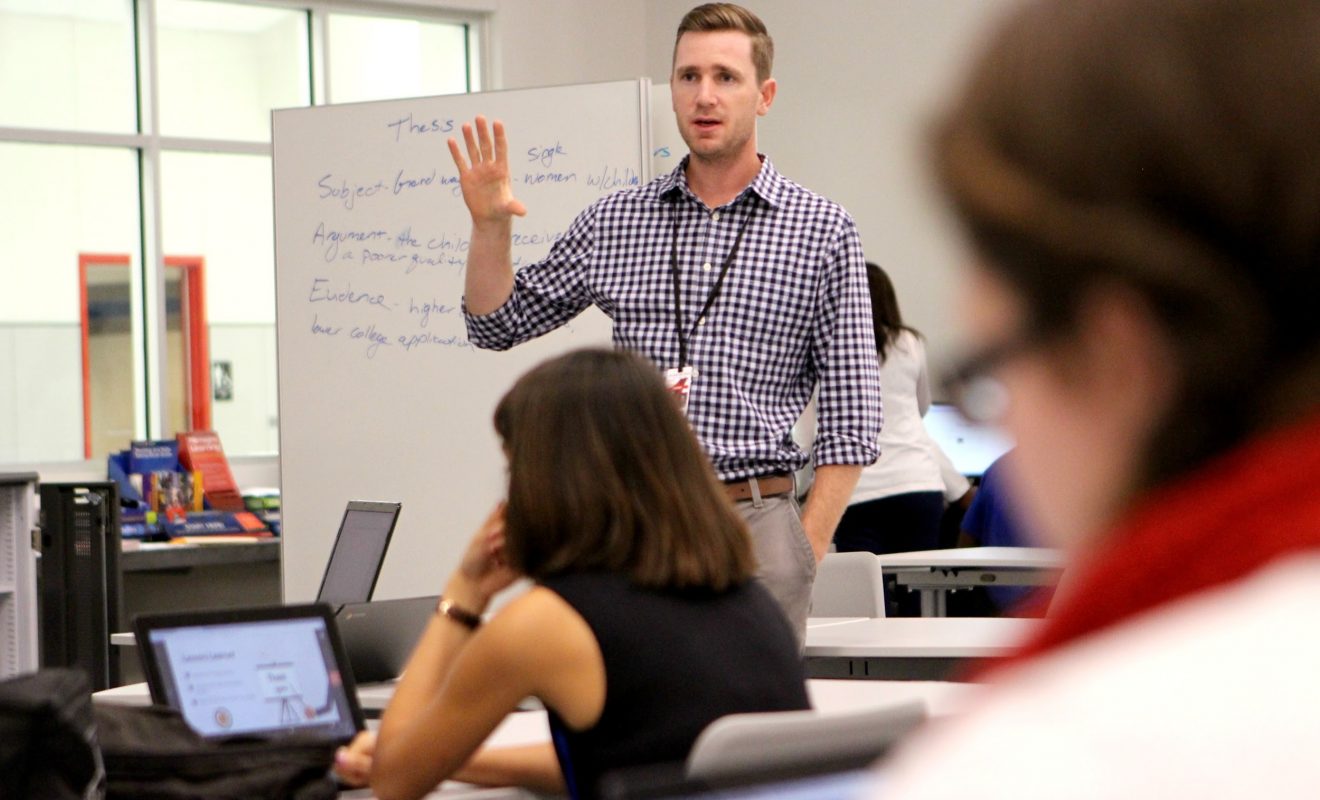Many of our students struggle academically yet excel in other areas, such as sports or the arts. The fact that our educational systems focus largely on linguistic and rational areas (math and science) can prevent these students from developing their skills and lead to a low self-image. As teachers, one of our main missions is to help our students recognize their abilities. Once they’ve recognized them, we must provide them with the tools they need to develop them and teach them how to use them to excel in other areas.

One of the learning theories that will help you achieve this goal is the theory of Multiple Intelligences by Professor Howard Gardner of Harvard University.
What is the theory of Multiple Intelligences?
For decades, it was believed that intelligence could be defined solely by a single general ability. Professor Gardner challenged this hypothesis by proposing that intelligence can be differentiated into different modalities.
The scientific definition of intelligence is the ability to solve problems or create valuable goods. Gardner explained that just as there are many types of problems to solve, there are also many types of intelligence, which can be networked and adapted to their solution.
Gardner is convinced that each of our students (and each of us) excels in one or more of these intelligences. If we recognize which intelligences they excel in, we can guide them toward developing the skills that underlie that intelligence.
The 8 types of Intelligence
Up to this point, Gardner has recognized 8 types of intelligence:
- Linguistics
This intelligence refers to sensitivity to the meaning of words, word order, sound, rhythm, inflection, and meter of words. (Sometimes called language intelligence.)
- Mathematical logic
It refers to the ability to conceptualize logical relationships between actions or symbols (e.g., mathematicians, scientists). It also represents the ability to discern numerical or logical patterns and to manipulate long chains of reasoning.
- Spatial the visual
It encompasses the ability to form and imagine two- and three-dimensional drawings and the potential to understand, manipulate, and modify the configurations of large and limited spaces. Therefore, it is the ability to observe the world and objects from different perspectives.
Spatial problem solving is applied to navigation and the use of maps as a notational system, visualizing an object from a different angle, and playing chess. This type of intelligence is also used in the visual arts.
- Musical
This intelligence includes the ability to perceive musical forms. It is a facility inforomposing, interpreting, transforming, and appreciating all types of music and sounds. It presents a sensitivity to rhythm, cadence, pitch, and timbre, as well as the sounds of nature and the environment.
- Corporal-Corporal-cenesthetic
It is the ability to use the body (whole or in part) to express ideas, learn, solve problems, perform activities, or build products. This ability is required for activities that require strength, speed, flexibility, hand-eye coordination, and balance.
- Interpersonal
It encompasses the ability to notice what is important to other people—remembering their interests, motivations, perspective, personal history, intentions, and often predicting the decisions, feelings, and actions of others.
This intelligence allows us to perceive things about other people beyond what our senses can detect. It’s an intelligence that allows us to interpret words or gestures or the objectives and goals of each speech, gaining the ability to empathize with others.
- Intrapersonal
The ability to understand oneself; to understand, explain, and discriminate one’s wiles as a means of directing actions and achieving various goals in life. People who excel in intrapersonal intelligence can access their feelings and emotions and reflect on them. This intelligence also allows them to delve into their introspection and understand their way of being.
- Naturalist
This intelligence allows us to detect, differentiate, and categorize aspects linked to nature, such as animal and plant species or phenomena related to climate, geography, or natural phenomena.
A new way of observing our students
The theory of Multiple Intelligences has provided a unique insight into how people learn. By understanding that there is no single type of intelligence, we will relate differently to all our students. We will be able to empower students with different abilities and help them succeed in their studies through these skills. Instead of asking ourselves how intelligent a student is, we should ask ourselves what type of intelligence a student has.








